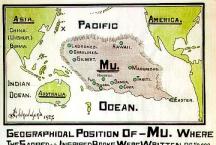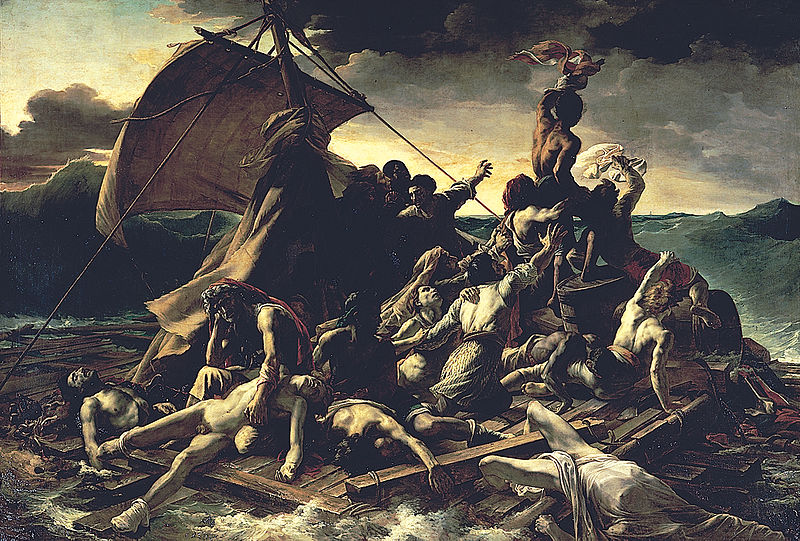weird tales from the surf the lost continent of mu

Surfing has always inspired writers, from the tales told from generation to generation by the Polynesians, through to the first observations of the art by Cook and his crew in the 1700's and today, a subject that supports a huge range of magazines, periodicals and fine writers.
We have caught wind of a new collection of surfing shorty stories coming out that really captured our attention. The collection is entitled, 'Weird Tales From the Surf'. There's pretty much something in here for everybody, with stories set from the ancient past, the present through to the far flung future. There's a nice fusion of genres in many of these tales, horror, sciene fiction, even a western. Some of this stuff is gold, some of it just, 'weird'; but hats the whole point. whstever you think, you'll agree that there is just nothing like it out there at the moment. We have an excerpt from one of the stories called, "The Lost Continent of Mu" for you below. Keep your eyes out for "Weird Tales From the Surf" later in the year.
_____________________________________________________________________________________________________________
...Creaking spars, pacific drums, cannabalism, human sacrifice to ancient Gods, lost civilisations... probably phrases that you do not immediately associate with surf exploration but this is where it started.


Long before the Duke brough surfing to the shores of Australia in the 1900's, there were others in search of new surfing Utopia's. From the early 1800's, missionaries began arriving in the Hawaiian Islands and King Kamahamaha I rwas eventually to approve the instruction of surfing to selected europeans. By 1815 there were a handfull of non Hawaiian surfers in the world, most of whom passed through Hawaii as traders, whalers or marines. In 1821, the whaleship Sussex under the command of Captain Nathanial Starbuck sailed from Hawaii for the primary purpose of whaling within the Pacific. Onboard were a collection of 8 traditional Olo and Alaia surfboards ranging in lenght from 8-16 feet. Starbuck himself was a keen surfer and a trained doctor. In 1819 he had saved the life of a Hawaiian boy third in line to Kamahamaha's throne. Kamahamaha approved the teaching of surfing to Starbuck, and to date he remains the only known European that was formally permitted to ride an Alaia - typically the longer Alais were only ridden by noblemen whilst the shorter Olo's were ridden by commoners. Starbucks secondary mission objective given to him by the ship's owners was to disprove or otherwise, the existence of the Continent of 'Mu'.
The existence of 'Mu' was first hypothesised by the French archaelogist, Augustus Le Plongeon. Le Plongeon had spend a considerable time at the digs of the Mayan ruins in Yucutan; he had claimed to have cracked the hitherto unbreakable pre-Colombian Troano Codex. Le Plongeon's interpretation suggested that the Mayan civilisation was far older than Greek or Egyptian; and there was something more. The Codex suggested the existence of a more ancient continent from which the ancestors of all civilisations had originated, the continent of Mu.
Le Plongeon was a man of considerable means and immediately set about establishing an expedition to confirm his findings. Theory suggested that Mu at its peak was a massive land mass that occupied much of the Pacific, from Hawaii in the north through to The Cook Islands in the south and from the Marianas in the west through to Easter Island in the far east. A continent of 64 million inhabitants that sunk beneath the waves 50,000 years ago. The theory attempted to tie together how it was possible for the technology behing stunning architectural achievements to appear from Pohnpei through to Easter Island, and how native peoples had managed to populate the scattered islands in nothing more than fishing boats. As Mu sank, all that remained were the peaks of drowned mountain ranges; from the towering reaches of the Hawaiian Islands to the jungle covered aeries of Tahiti and The Marquesas. It was all very tidy, and Le Plongeon dispatched an envoy to Nantuckett, Massachusetts to secure a whaler and her crew for a 6 month engagement of exploration; he was assigned the Sussex under the command of Nathanial Starbuck. It was agreed that she would whale in the Pacific on an opportune basis, with a primary mission of exploration to disprove or otherwise the existence, past or present of the continent of Mu. The whaling fleet of Nantucket had been shrinking of late and they now chased sperm whales as far south as Antartica just to make their voyage quotas. The company pursers were thankful of another source of income during these quiet times. Le Plongeon booked passage on the next clipper to Hawaii where he would join The Sussex for the voyage.
Le Plongeon was keeping one element of the Mu legend to himself though. The scientist had assessed that a continent the size of Mu with a population of over 50 million people would require at least two major cities from a management perspective. Nan Madol was the likely capital, now in ruins on the island of Pohnpei, but none of the other islands in the Pacific harboured ruins on a similar scale. If Nan Madol was built high enough to survive a calamity on the scale of continental sinking, then it made sense that the secondary capital would as well. It meant that there was still another major island yet to be discovered in the South Pacific. Le Plongeon recalls the night in his study in Lyon when he finally made this connection. The Micronesian star map made of woven reeds and white cowries was a perfect match for the 12th century mediaevil monks illumination. The Tahitian carving and Australian Aboriginal stone rubbing from the Dead Cave tied it all together. In an instant Le Plongeon knew the name of the lost island, the fabled city citadel of R'lyeh.
________________________________________________________________________________________________________________
IMAGERY:
Théodore Géricault (1791–1824): The Raft of The Medusa; Oil on Canvas 1819
John Webber: King Kalaniopuu Greeting Cook 1781; Watercolour 1781
________________________________________________________________________________________________________________






